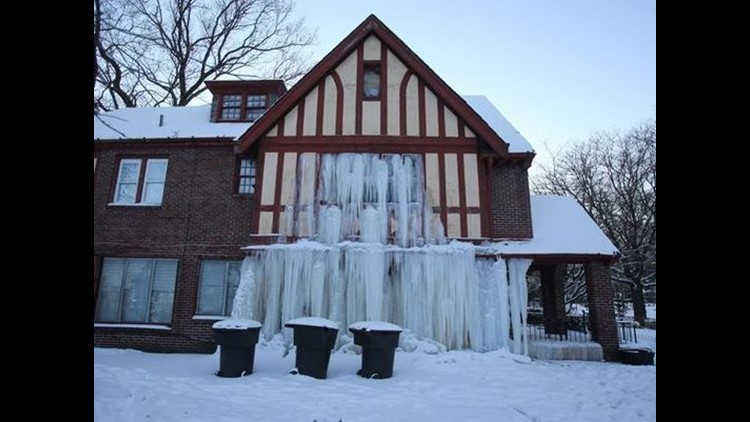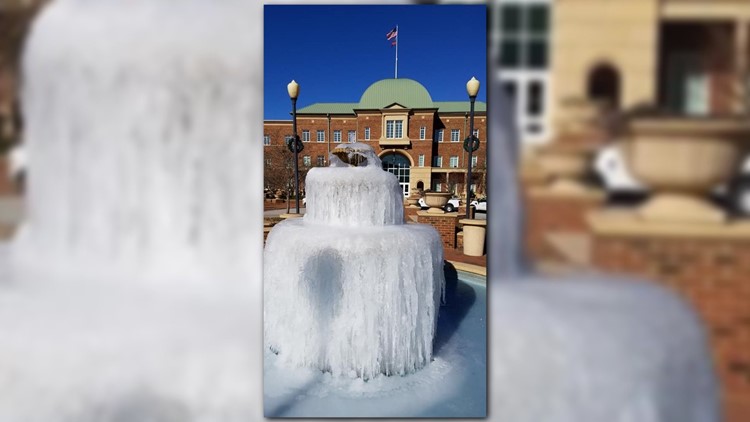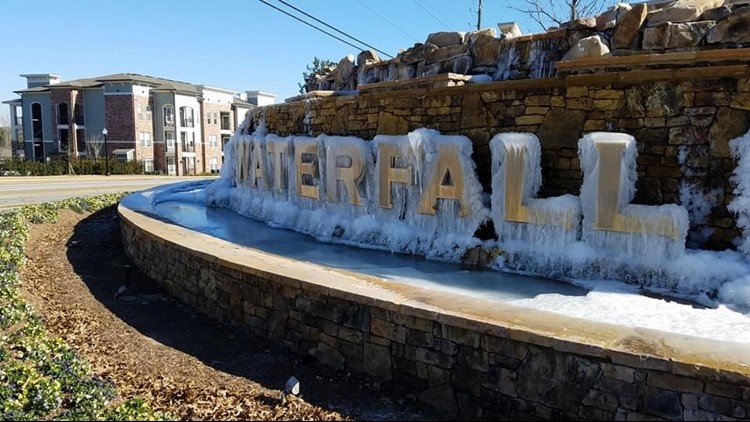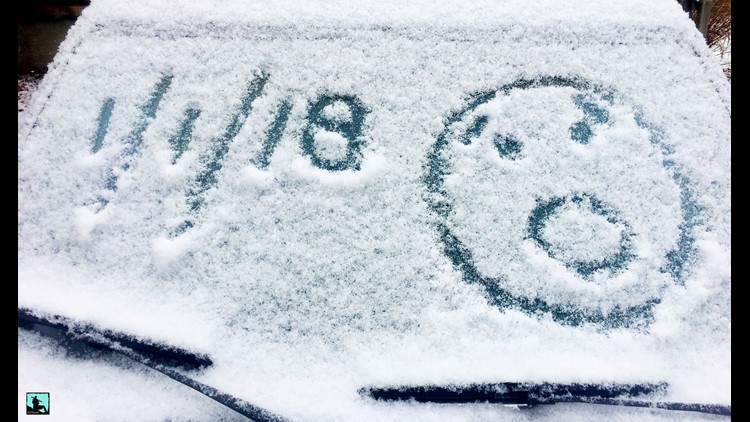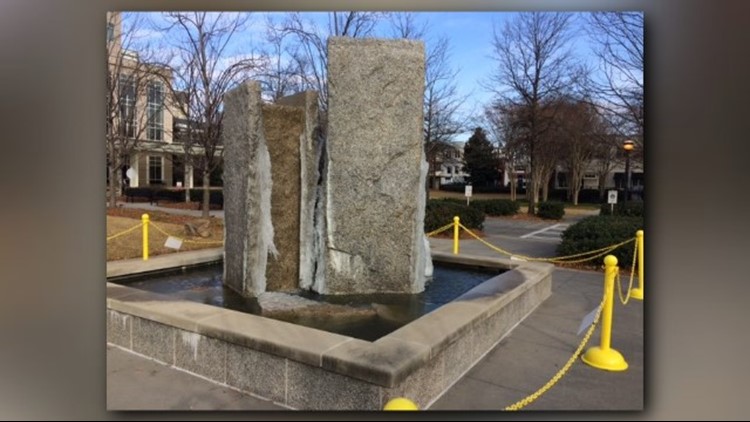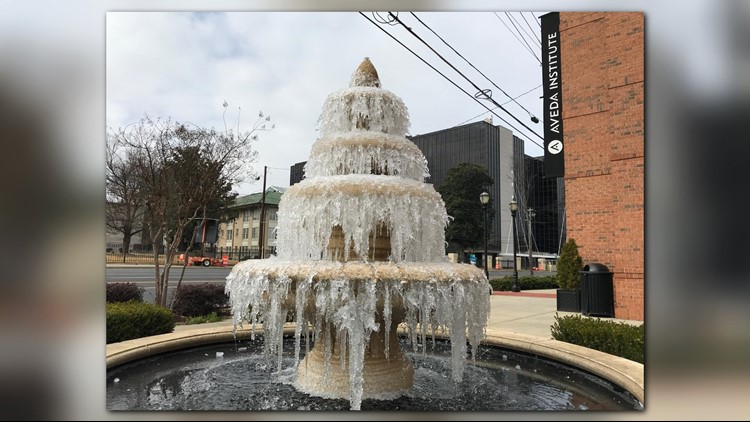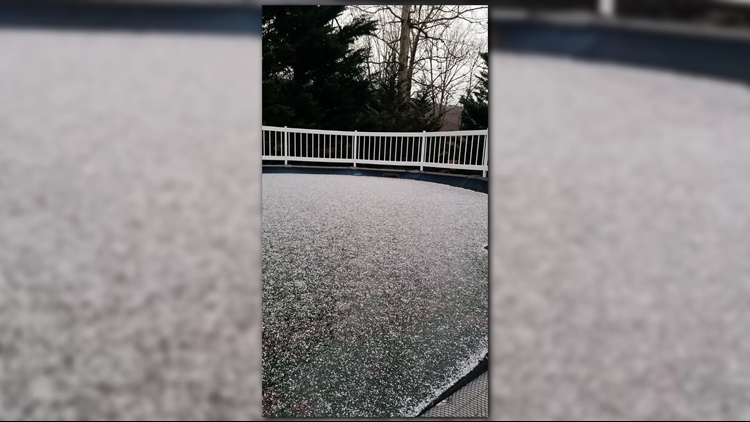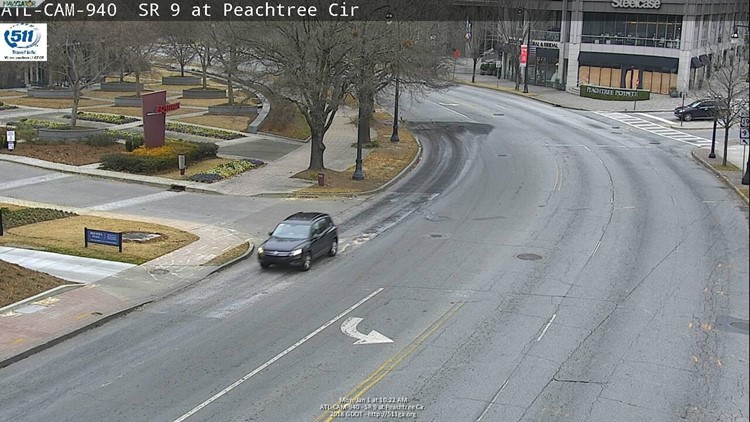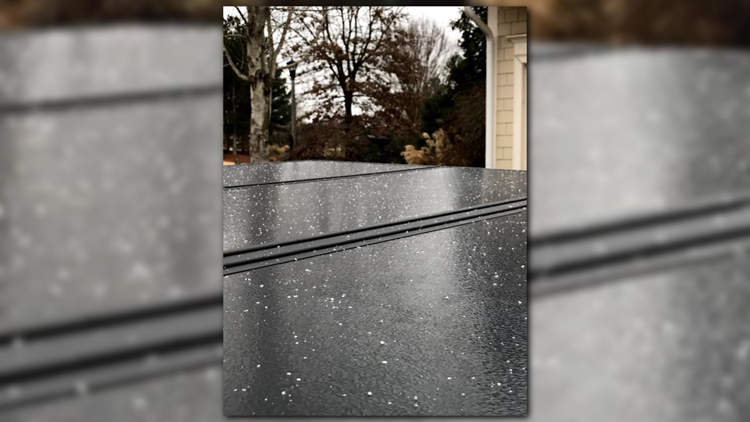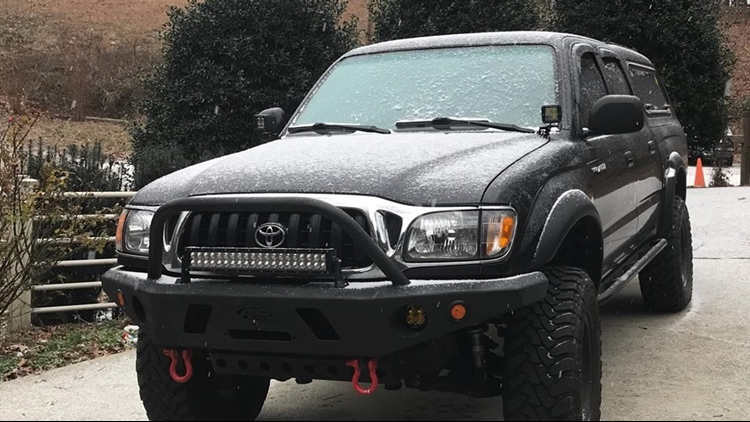In sub-freezing weather, it's important to care for your plumbing. Otherwise, your home could end up like this Michigan home did in 2015: Transformed into a giant icicle formation, causing its owners to lose about $100,000 in belongings.
So if you turn on the sink today and nothing comes out, your pipes have probably frozen. So here are some ways to thaw out your pipes, and how to prevent them from freezing in the future.
Thawing the pipes
- Keep your faucets on. If the pipes thaw naturally, the running water could help break up the remainder of the ice in the pipes.
- If this does not work, safely apply some sort of heat to your pipes. You can use everything from a heated blanket to a hairdryer. The American Red Cross recommends you continue to apply the heat to the pipes until your normal water pressure has returned.
According to the Red Cross and other home-maintenance websites, if safely heating your pipes does not work, you should contact a plumber. If you live in an apartment complex, that may be your complex's maintenance staff.
Preventing frozen pipes
- When temperatures are below freezing -- and especially in the single-digits -- it's wise to let your faucets constantly drip so that the water in them continues to flow. If it's flowing, it's less likely to freeze.
- You might have a water line in your garage. If this is the case, don't forget to close your garage door.
- The Red Cross says to constantly heat your home at the same temperature day and night. While this may make your energy bill go up, it will prevent an even more costly cleanup.
- Insulate the pipes by going to a Home Depot, Lowe's, Menards or other home improvement store and buying foam pipe insulation or insulation tape.
It can cost thousands to repair the damage done by a pipe-water flood. Adding a little bit to the cost of your energy bill and taking the time to prevent a disaster may actually help you save in the end.
PHOTOS | January 1 Cold weather images
More winter hacks:
Andrew Clark is a digital producer for IndyStar. Follow him on Twitter @Clarky_Tweets.


